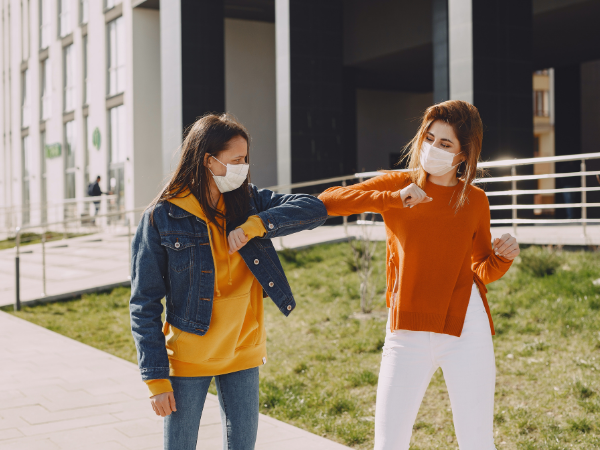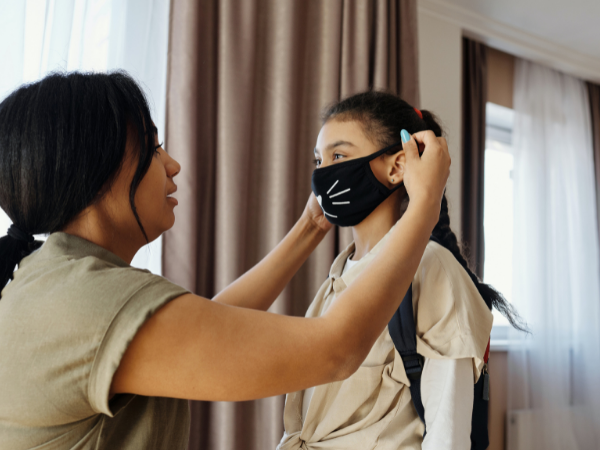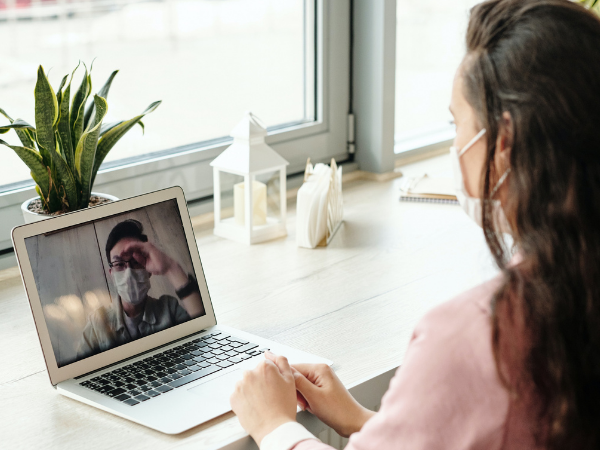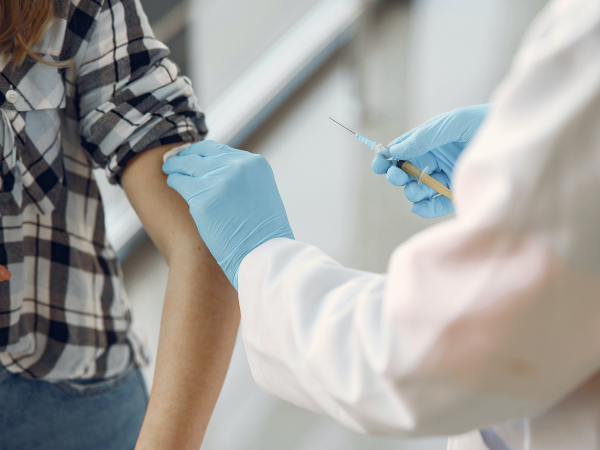America’s reopening: How could post-COVID life look like?
If you’re from the United States, you’re probably geared up for post-COVID life. Otherwise, you might be nervous about returning outdoors after the lockdown. But, strangely, you’ll encounter weird problems as you go back to normal.
First, let’s talk about the United States removing the public health restrictions bit by bit. Then, we’ll discuss the challenges you may face in getting back to normal. More importantly, we’ll explain how you can get past them towards a normal life.
The US is one of the countries that are about to get past COVID-19. Yet, the lockdowns have taken a toll on people in several ways. The road to normal can be shaky at first, but our guide could help with your first steps!
The US is getting back to normal.

More Americans have been getting their COVID shots. As a result, more states are starting to relax the restrictions. As a result, you’ll see signs of normal life all around you.
More businesses are open again. Students are returning to classrooms. Places of worship are filled with believers once more. Folks are watching baseball games and going to concerts.
CDC director Dr. Rochelle Walensky announced that vaccinated people might stop wearing masks. She pointed out some exceptions. Still, it’s a sure sign that the country is improving.
What should I expect from Post-COVID life?
You’re probably excited to get back out there without the public health rules. But, on the other hand, you might be thinking twice about returning outdoors.
No matter what, you’ll experience changes. Let’s start with the folks anxious about returning to normal. If you’re not comfortable with post-COVID life, it’s natural.
You had to stay indoors often to avoid the disease. While at home, you get more news about the rising COVID-19 infections. Also, the government adds more public health guidelines.
After more than a year, this caused changes in peoples’ behaviors and mindsets. They might be big or small, but the quarantine will leave its mark. Fortunately, you can deal with them by:
- Taking it slow – You don’t have to socialize more if you still can’t. Instead, start with simple activities like buying groceries or talking with just one friend first.
- Catch up on old times – Return to relatives and friends. Talk with them about your experiences. This will help you relieve stress and cope with your return to normal.
- Reflect on your life – Check what you’ve learned from the lockdown. It could give ideas on how to improve your relationships, career, and other parts of your life. That way, the lockdown could become a positive influence for change.
- Get help early – It’s fine if you’re feeling anxious about post-COVID life. However, if the negative feelings worsen, you may need additional help. Ask a doctor for assistance.
Related Articles
How do I deal with the Post-COVID changes?
Now let’s turn to the people excited for the new normal. Just like people, society will show some changes too. You may notice the following trends in your neighborhood:
- Higher demand for housing – Homeowners found safety in their humble abode. It helped them keep the disease away. As a result, you may see more people buying homes.
- More people want power and water backups – Some utilities went out during the lockdowns. For example, the recent Colonial Pipeline hack caused a gas shortage. That’s why more people may look for power generators and water storage.
- Remote work is here to stay – More people chose to work from home to avoid the lockdowns. Some people realized that they want it to be their permanent employment mode. In response, more companies may offer the option.
- Urban farming – More countries saw that they needed to produce more food locally. As a result, some countries like the Philippines are starting urban farms.
On a nationwide scale, the pandemic may have brought more people together. They shared an ordeal through COVID, so they’re more willing to help each other.
As a result, they may demand bigger societal reforms. In addition, it could motivate people to fight harder against inequality and other social issues.
COVID-19 reminders
We know you’re tired of reading about COVID. However, the US hasn’t completely gotten rid of the virus. Some people could still get it, even you. That’s why we provided a brief list of tips.
Know the signs of COVID-19. Check the CDC website for the complete list. You may notice symptoms including but not limited to:
- Fever or chills
- Shortness of breath
- Coughing
- Fatigue
- Muscle pains
- Headache
- Loss of smell or taste
- Sore throat
- Runny nose
- Vomiting
- Diarrhea
Check you, or someone close to you has these signs. If you do, the CDC recommends getting tested as soon as possible. A positive COVID-19 test means you’ll have to stay indoors.
If symptoms worsen, seek medical attention. If you have children, pay closer attention to them. Specifically, look out if they have the multisystem inflammatory syndrome.
If your test results didn’t confirm COVID-19, remain cautious about your health. Otherwise, you may get infected after receiving the test results.
Long COVID recovery
Some people experience persistent symptoms after recovering from COVID-19. These stay for more than four weeks after infection. This is also known as post-acute COVID syndrome.
The post-COVID symptoms are similar to the regular ones. However, experts are still learning more about the long-term effects of COVID-19 on the human body.
Still, we learned some ways to deal with the disease. For example, we learned that primary care is important in the COVID response. We also placed limits to pulmonary function tests to avoid infection.
Fortunately, some groups like the American Academy of Physical Medicine and Rehabilitation care for those with post-acute COVID-19. The long-haulers help in studying the symptoms too.
Final thoughts
It’s a relief that the United States may reopen soon. This means people can start rebuilding and enjoying their lives. It’s wonderful news for the world too.
This shows that countries can rise again after the lockdowns. However, it’s possible to beat the virus. People just need to get their shots and follow the public health rules.
However, the virus isn’t completely gone. Comply with the state guidelines even if there are fewer of them. That way, nothing can stop your new post-COV
Learn more about the post-COVID syndrome
What are the post-COVID symptoms?
They’re similar to the typical COVID signs. Yet, people could have different ones depending on multiple factors. So please consult your doctor if you’re experiencing them.
Who is more likely to have severe COVID-19 symptoms?
People with other health conditions are more likely to get severe symptoms. These include heart problems and diabetes. So if you have any of these, please be more careful.
Can I still get COVID after the vaccine?
There’s a chance that you could get the disease despite the vaccine. This is rare, though. It’s best to get your shots as soon as you can.
Disclaimer: This article is the author’s personal opinion, which may differ from the “official” statements or facts.




